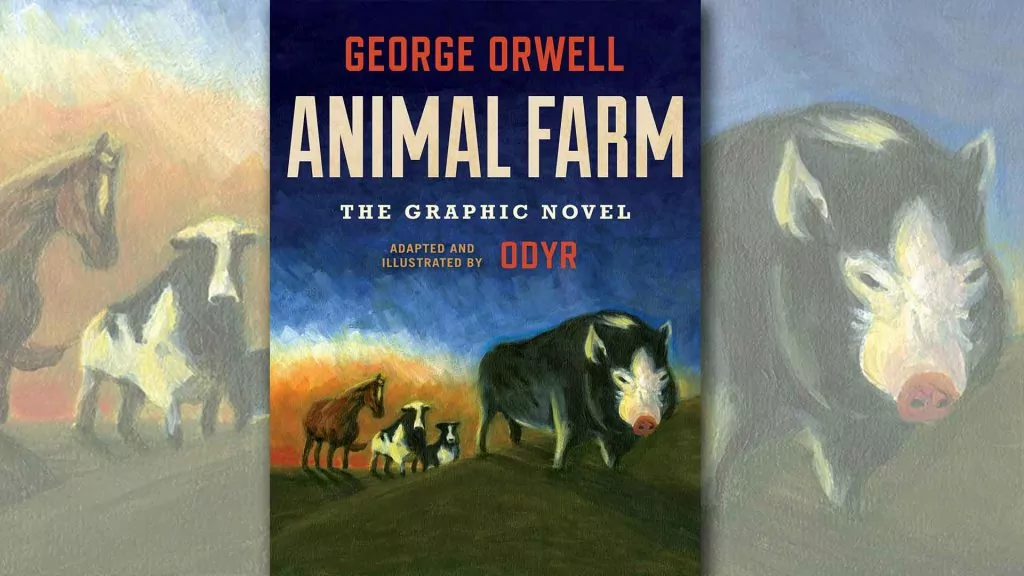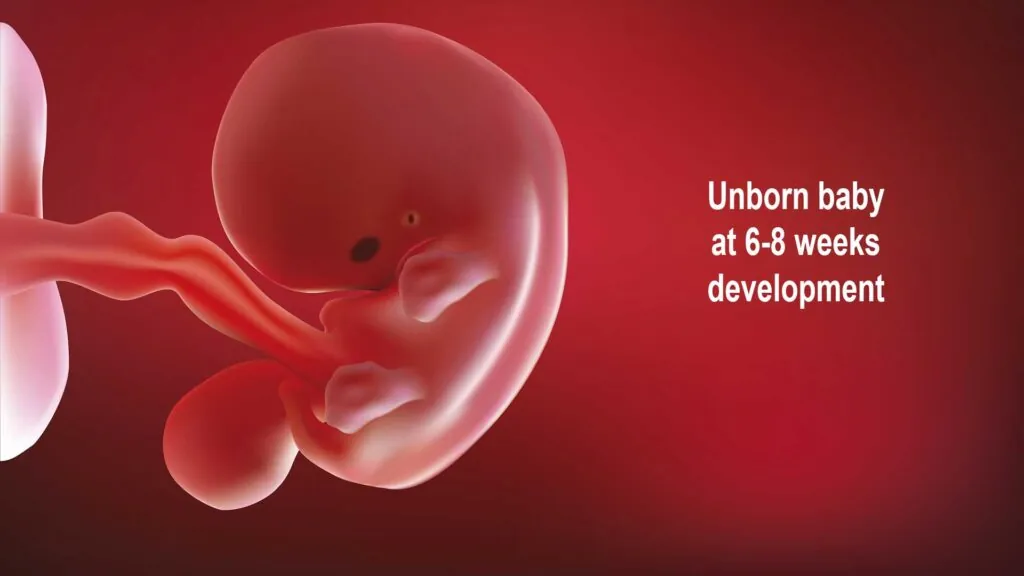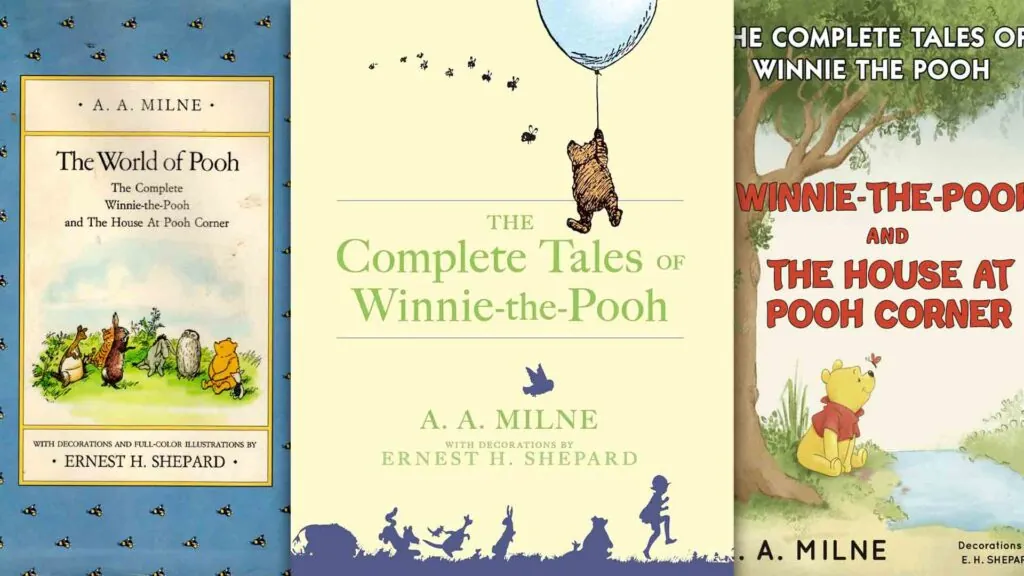by L.M. Montgomery
adapted by Crystal S. Chan
308 pages / 2020
 Anne is an orphan girl living in the Prince Edward Island of the 1870s, sent by mistake to the home of an aged brother and sister who need help with the farm work. The mistake is, they asked for a boy. Instead, they got the imaginative, effusive, emotional, red-head Anne. And once they meet, they can’t let her go.
Anne is an orphan girl living in the Prince Edward Island of the 1870s, sent by mistake to the home of an aged brother and sister who need help with the farm work. The mistake is, they asked for a boy. Instead, they got the imaginative, effusive, emotional, red-head Anne. And once they meet, they can’t let her go.
While Lucy Maud Montgomery was a Canadian author, and Anne of Green Gables (first published in 1908) a very Canadian story, it’s always been incredibly popular in Japan too. So it makes sense that her story would be given a manga treatment. Thankfully, the adaptation is faithfully done, and at 300 pages, given the space it needs to tell the story well – only a very few scenes are given an abridged treatment.
If you’re unfamiliar with manga, the style does take some getting used to, in the first place because the Japanese read right to left. That means what would be the back of the book to us, is the front of the book to them. Even though this is in English, it’s still formated in that “reverse” style. Another feature that will strike readers as unusual is the way manga will sometimes depart from a semi-realistic style of drawing to something much more cartoonish, and then go back to realistic all in the space of a few frames, or even in the same frame. So, for example, while Anne’s strict and controlled adoptive “mother” Marilla is depicted with realistic eyes, the emotional Anne has eyes in all sorts of styles. Most often they are doe-sized, but when she is angry or perturbed, they become big black dots, and sometimes she is drawn with no eyes at all.
 If that strikes you as very strange, just consider how a Western reader will know that a lightbulb over a character’s head means they have an idea. That’s a bit of cartoon “emoticon shorthand” to let readers know something without spending a lot of words on it. Manga has its own, different cartoon emoticons, and they do need to be learned. But just like the lightbulb, they aren’t hard to figure out.
If that strikes you as very strange, just consider how a Western reader will know that a lightbulb over a character’s head means they have an idea. That’s a bit of cartoon “emoticon shorthand” to let readers know something without spending a lot of words on it. Manga has its own, different cartoon emoticons, and they do need to be learned. But just like the lightbulb, they aren’t hard to figure out.
Cautions
Cautions here are only the same ones that we’d have for the original source material. At one point Anne is being taught how to pray, and her first prayer, while not exactly disrespectful, certainly isn’t what it should be. But the point is, she doesn’t know how to talk to God, and still has to be taught, so I don’t think this should be much of a concern. Then there’s also Anne’s stubbornness. When a classmate, Gilbert Blythe, calls her “Carrots,” Anne breaks her chalk slate over his head. You’d think that would make them even (or put Anne in need of apologizing to him) but Anne resolves to never speak to Gilbert again. And she keeps to that pledge for years! The book shows this to be ridiculous, and I only mention it here because this comic format makes Anne accessible to a younger audience that may need a little parental guidance to recognize just how bad Anne’s stubbornness really is.
Finally, in an afterword to the story, the adapter Crystal Chan notes that she is a feminist who “loves the elements of feminism in Anne of Green Gables.” “Feminist” is sometimes synonymous with supporting “a woman’s right to choose” so that might have parents concerned about whether this ideology is hidden within. But there is no need for worry: whatever sort of feminist the adapter might be, she has stuck closely to the original 100-year-old material (unlike the recent Netflix adaptation).
Conclusion
This is a fantastic, faithful, adaptation of a great book. Teens should skip straight to the original, but for younger readers, or the reluctant sort, this will be a great way to introduce them to this dynamic lass.
If you do intend to get a copy, be sure you get the “Manga Classic” version, as there is another comic, that one by C.W. Cooke and Tidalwave Productions, that only tells part of the story, ending abruptly and with no conclusion coming. I’ve included its cover image to the right here, to make it easier to identify what not to get. Don’t accidentally get that one while you’re searching for this manga adaptation.












